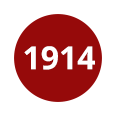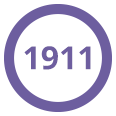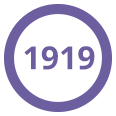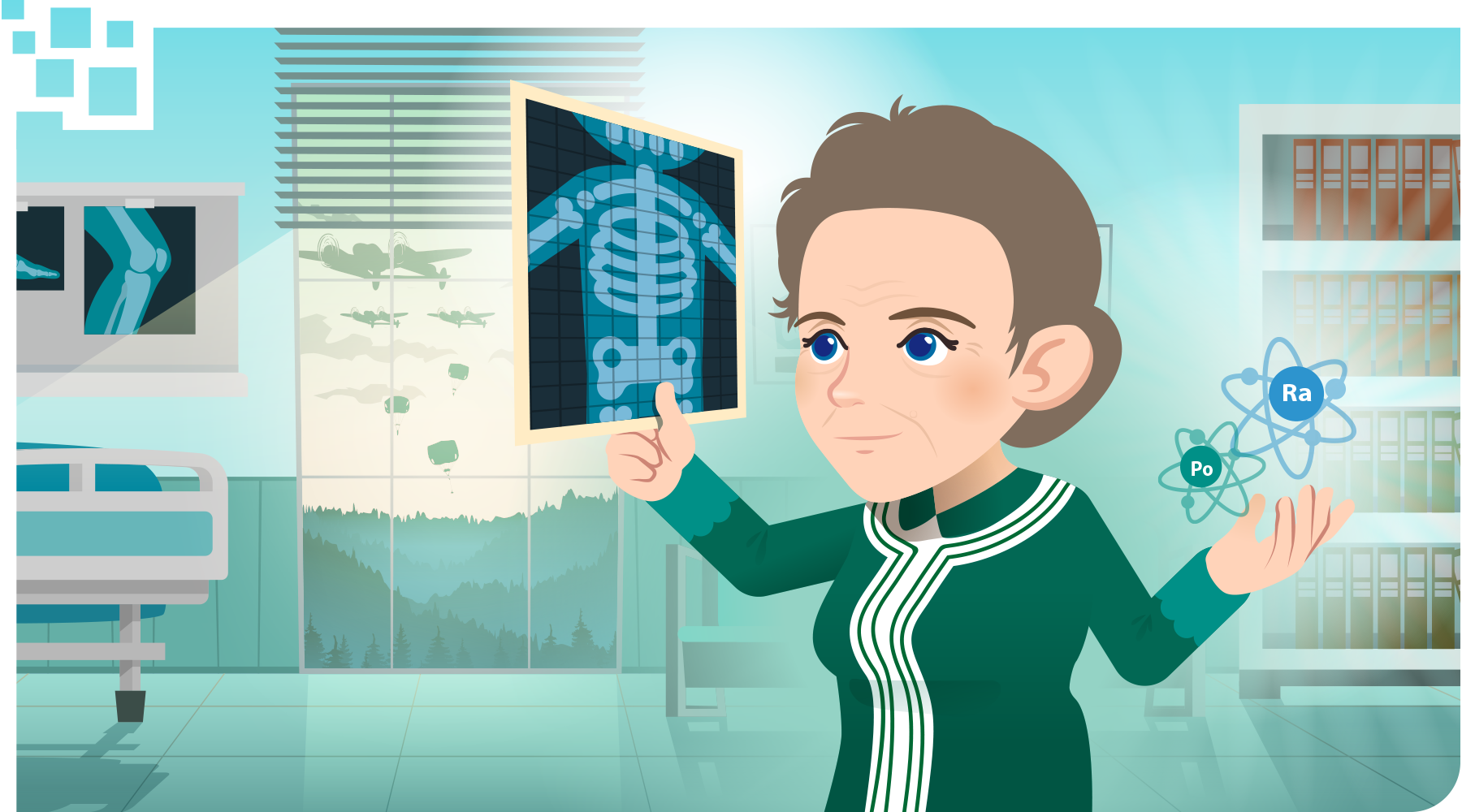

 radioactive
radioactive  elements polonium and radium. Her findings paved the way for effective cancer treatment.
elements polonium and radium. Her findings paved the way for effective cancer treatment.
 Early life and education
Early life and education

 tuberculosis when she was 11. Marie was clever and hard-working. She had excellent performance in school. She finished high school at the age of 15.
tuberculosis when she was 11. Marie was clever and hard-working. She had excellent performance in school. She finished high school at the age of 15.

 finances. She made an agreement with her sister, Bronya, that she would send some of her wages to support Bronya’s study of medicine in Paris in return for similar help later.
finances. She made an agreement with her sister, Bronya, that she would send some of her wages to support Bronya’s study of medicine in Paris in return for similar help later.


 degree in physics and began to work in a laboratory. The next year, she gained her mathematics degree. At the age of 27, Marie met Pierre Curie, a senior worker at a laboratory, at the home of a Polish physicist. Soon they fell in love because they had much in common, including a great
degree in physics and began to work in a laboratory. The next year, she gained her mathematics degree. At the age of 27, Marie met Pierre Curie, a senior worker at a laboratory, at the home of a Polish physicist. Soon they fell in love because they had much in common, including a great  passion for scientific
passion for scientific  research. They got married in 1895. Their two daughters, Irene and Eve, were born in 1897 and 1904 respectively.
research. They got married in 1895. Their two daughters, Irene and Eve, were born in 1897 and 1904 respectively.
 Career path and achievements
Career path and achievements

 radiation. Pierre quit his own research to join his wife’s study. In 1898, Marie and Pierre discovered two new elements which were more radioactive than uranium. The first one, polonium, was named after Marie’s birth country. The second one, radium, was even more radioactive than polonium. The couple also discovered that radium could be used to treat cancer.
radiation. Pierre quit his own research to join his wife’s study. In 1898, Marie and Pierre discovered two new elements which were more radioactive than uranium. The first one, polonium, was named after Marie’s birth country. The second one, radium, was even more radioactive than polonium. The couple also discovered that radium could be used to treat cancer.
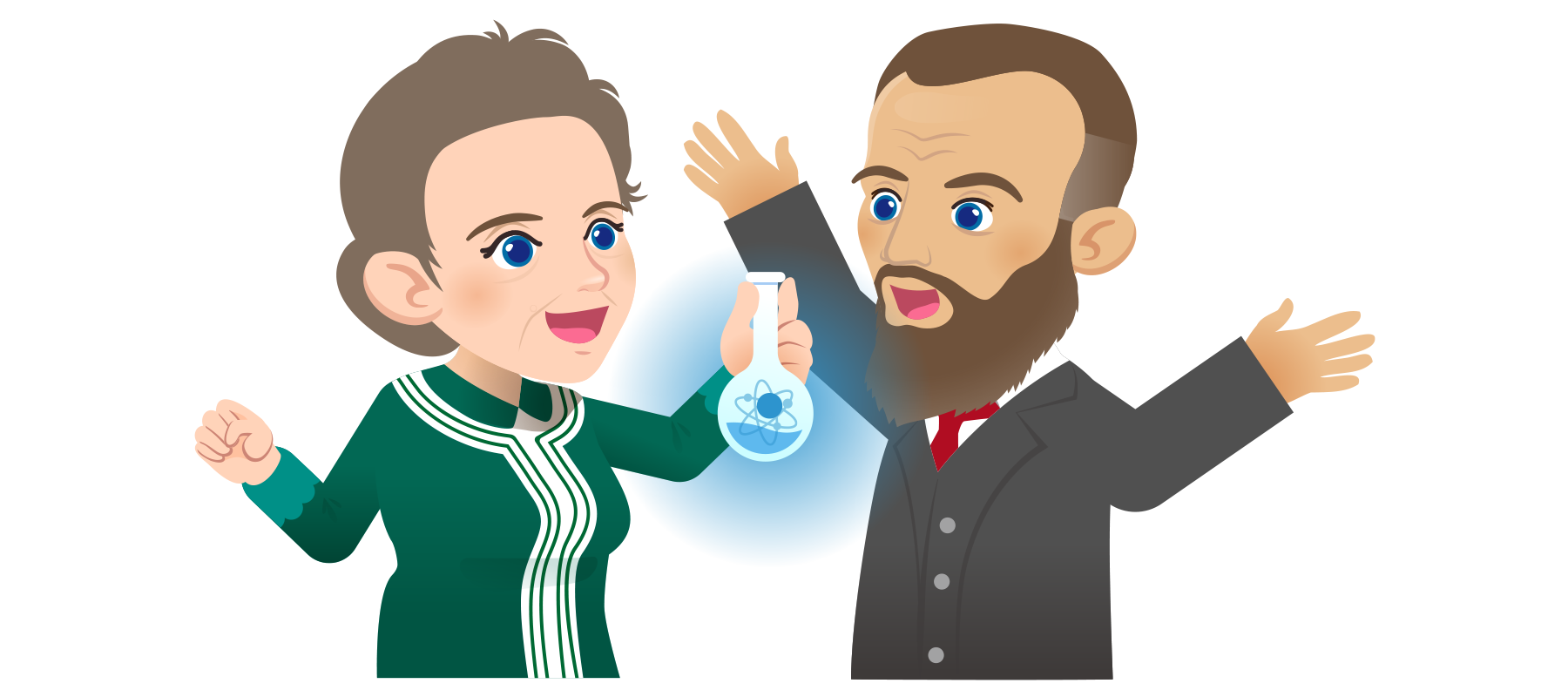

 exposure to radiation, both Marie and Pierre conducted their scientific research without appropriate protection. As a result, they constantly suffered from radiation sickness.
exposure to radiation, both Marie and Pierre conducted their scientific research without appropriate protection. As a result, they constantly suffered from radiation sickness.

 Professor of General Physics at the University of Paris. She was the first female professor at the university. In 1911, she won another Nobel Prize in chemistry for successfully obtaining radium as a pure metal as well as the study of the
Professor of General Physics at the University of Paris. She was the first female professor at the university. In 1911, she won another Nobel Prize in chemistry for successfully obtaining radium as a pure metal as well as the study of the  nature of the element and its compounds. She was the first person to win the Nobel Prize in two different scientific fields. Marie also won a lot of honours and awards for her outstanding achievements.
nature of the element and its compounds. She was the first person to win the Nobel Prize in two different scientific fields. Marie also won a lot of honours and awards for her outstanding achievements.


 Other information
Other information
Apart from conducting scientific research, Marie was devoted to
 humanitarian work. In 1914, World War I started. Marie saw the need to set up radiology centres near the front lines as she realised that X-rays could save soldiers’ lives by allowing doctors to locate bullets and broken bones. She sought donations from
humanitarian work. In 1914, World War I started. Marie saw the need to set up radiology centres near the front lines as she realised that X-rays could save soldiers’ lives by allowing doctors to locate bullets and broken bones. She sought donations from  manufacturers and wealthy people to transform ordinary vehicles into radiology vehicles. Also, she served as the director of the Red Cross Radiology Service to supervise the installation of the mobile X-ray units, provide training to helpers and so on. She made a great contribution to saving soldiers’ lives.
manufacturers and wealthy people to transform ordinary vehicles into radiology vehicles. Also, she served as the director of the Red Cross Radiology Service to supervise the installation of the mobile X-ray units, provide training to helpers and so on. She made a great contribution to saving soldiers’ lives.
Suggested answers

We must follow the safety measures strictly when conducting experiments with radioactive elements. (para 1)

Tuberculosis is spread through the air. Its symptoms include low-grade fever, night sweats, fatigue, weight loss and a persistent cough. To prevent the disease, we should maintain good personal and environmental hygiene. (para 2)

My brother is determined to be a professional cyclist and practises hard every day. (para 3)

A laboratory is a room or a building with scientific equipment for conducting experiments. (para 4)

John was inspired by the creative work of the poet. He started to write his own poems to express his feelings on a variety of topics. (para 5)

Unfortunately, the picnic was cancelled because of the heavy rain. (para 6)

Mary is a competent speaker. She always has an outstanding performance in debating competitions. (para 7)

The charity often provides humanitarian aid to people who are suffering. ("Other information")
Suggested answers
Suggested answers

Marie is known for her discovery of ___.


When did Marie’s mother die?


Marie’s sister, Bronya, agreed to ___ later.


Marie and Pierre ___.


Arrange uranium, polonium and radium in the order of their radioactivity, e.g. the most radioactive one on the left.


Which of the following element(s) could be used to treat cancer?


Why did Marie and Curie suffer from radiation sickness? It was because they ___.


In paragraph 7, "the element" refers to ___.


In paragraph 7, "two different scientific fields" refer to ___.


Why could mobile X-ray units help save soldiers’ lives? Mobile X-ray units helped battlefield doctors ___.

Part A
Read the biography of Marie Curie. Arrange the events in chronological order by clicking each text box and choosing the correct event.











